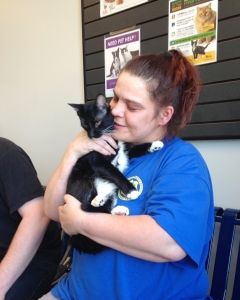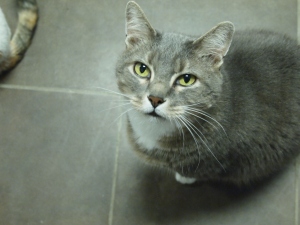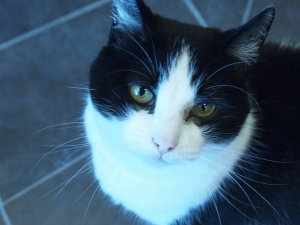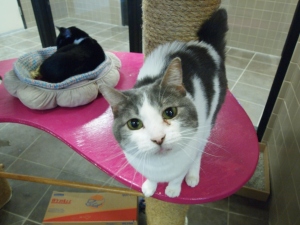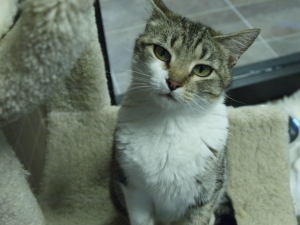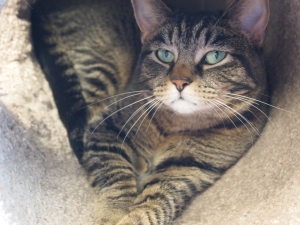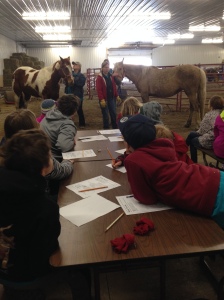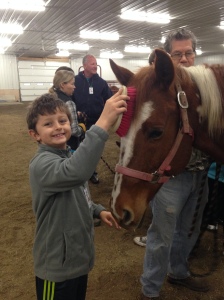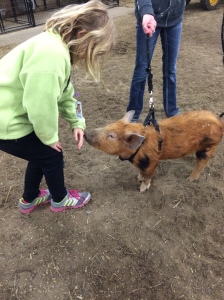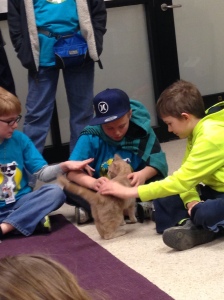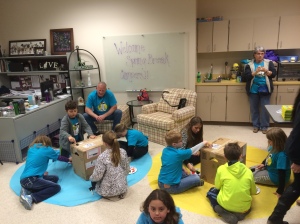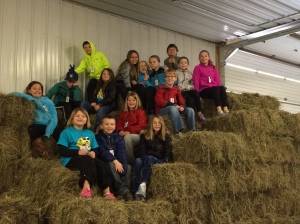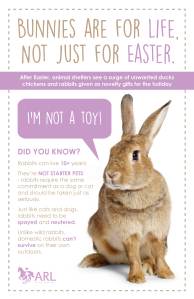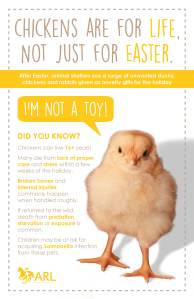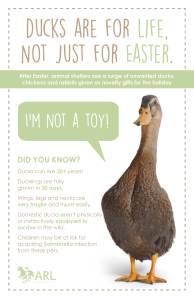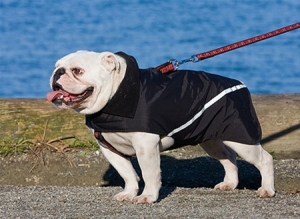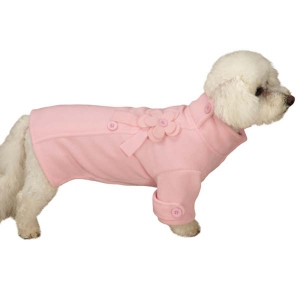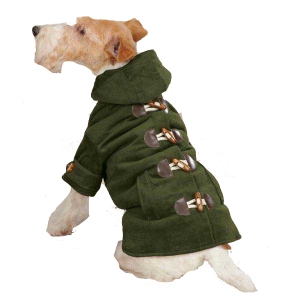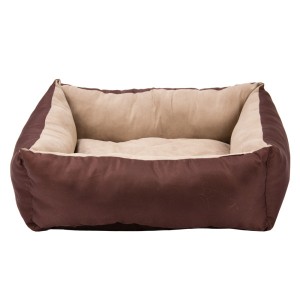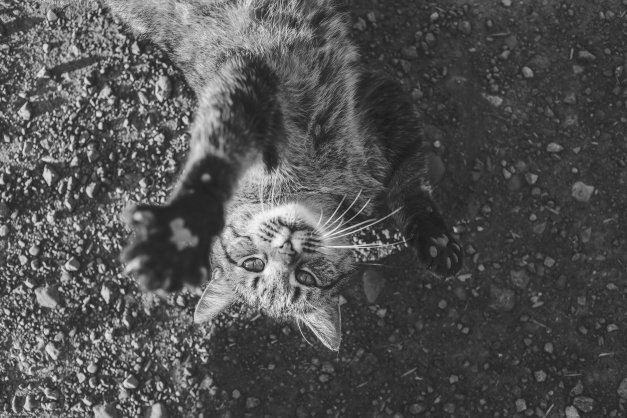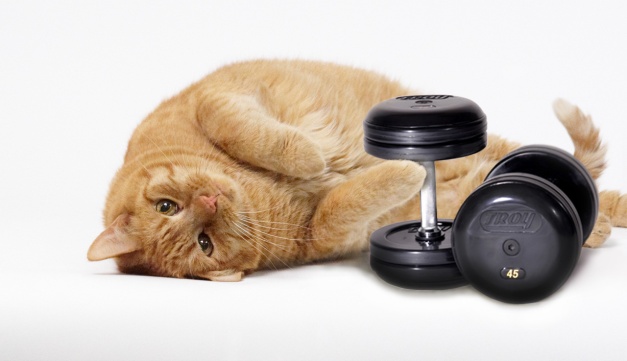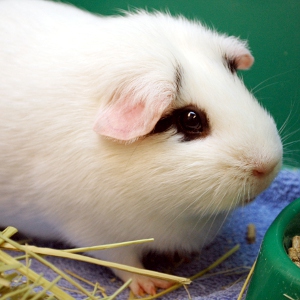
For animal lovers who don’t have the time, space or energy for a large pet, smaller animals like hamsters, gerbils, mice, rats or rabbits can make excellent companions. There are a lot of choices available when it comes to choosing a small pet — read on to find out which one is right for you.
General Information
Supplies
Most of the pets listed below need similar types of housing and supplies: a cage or something similar, bedding/nesting material, a water bottle and food dish, an exercise wheel, toys, and treats. This list varies by the animal, so make sure you have everything your new pet will need before you bring them home.
Cleaning
Cage-cleaning needs vary from pet to pet. No critter wants to live in it’s own waste, owners can expect to spot-clean their small animal’s cage as needed. Cages should be deep cleaned and bedding should be replaced once a week to keep your friend feeling happy and healthy.
Kids
With any pet, it’s important to educate kids on pet care needs and teach them how to handle the animal respectfully. Small animals shouldn’t be handled without adult supervision, these critters are small and need to be handled very gently — they are also frightened by loud noises or sudden movements. Anything with teeth can bite if it’s feeling threatened or startled.
Cost
These animals are fairly low-cost, as far as pets go. They will require some new supplies at first (a cage, toys, etc.), and things like continuous food, treats and bedding for the rest of their lives. Owners can expect to spend a couple hundred dollars a year on a small pet (compared with $1500 for a medium-sized dog).
Pets
Hamster
Hamsters can vary in size depending on the breed, but most weigh around half a pound. They have an average lifespan of 2.5-3 years. Hamsters are nocturnal, which means they may not be the best pet for owners who are light sleepers or are looking for a companion to play with during the day. Hamsters are independent, so they are able to entertain themselves for long periods of time, provided they have enough toys, bedding, etc. to keep them busy in their cage. However, they still need at least some daily interaction to keep them happy. Depending on the breed, some hamsters can share a cage with others. While Syrian hamsters are solitary and absolutely need to live one per cage, Dwarf hamsters are a bit more social and can share their living quarters with another hamster if they are introduced at a young age.
Gerbil
Gerbils are also fairly small, and have an average lifespan of 3-4 years. Like hamsters, they are independent but still require some daily interaction. Rather than sleeping for long periods of time, gerbils have alternating periods of rest and activity all throughout the day and night (giving you more opportunities to play with them!). Gerbils are cleaner than hamsters — their efficient use of water means they make less of a mess in their cage, but owners should still be prepared to spot clean every few days and change the bedding weekly.
Mouse
Mice are quick, active and love to explore their surroundings — perfect for owners who love to watch their pet racing through tunnels or homemade obstacle courses, but not quite suited to those who are looking for just a cuddle buddy. They typically live 1.5-3 years. Like hamsters and gerbils, they are fine being left alone for longer periods of time.
Rat
Rats have an average lifespan of 2.5-3 years. They are nocturnal, and very active — they need to spend some time out of their cage every day (preferably an hour or more). Rats are very social, and most are happier sharing their cage with a friend. They are also very smart, and can even learn tricks or commands if their owner takes the time to teach them.
Guinea Pig
Guinea pigs are a bit longer-lived, with an average lifespan of 5-7 years. They are very friendly and don’t mind being held, as long as they are held securely and are not flipped over on their backs. Like rats, they are very social and love to have a friend nearby. They are active and need to spend some time out of their cage every day. Guinea pigs’ pretty coats mean they require a bit more grooming than other small pets, with shorthair breeds needing to be brushed once a week and longhair breeds requiring a daily brushing.
Rabbit
Rabbits have a lifespan closer to that of a cat or dog (8-12 years). They need lots of room to move around, and do best when kept in a larger cage or a rabbit-proofed room. Rabbits are crepuscular, which means that sleep during the day and night, but are most active at dawn and dusk. They need regular interaction, and are happiest when they can come out of their cages at least once a day. They need to have fresh vegetables in their diet, so owners should expect to hit the produce section frequently.

